At the end of August 2018, outline plan 101-0292870 regarding urban nature in Jerusalem was deposited for public review. The goal of the plan was to protect open spaces on nature sites throughout the city. The plan designated 151 polygon sites that included, in addition to specific nature sites within existing neighborhoods of the city, … read more
Arab settlement during the Ottoman Era in the Galilee region featured a model of agricultural farming in which a single family living alone on one farm provided for itself, fulfilling all of its economic needs through field crops and shepherding sheep. These one-family farms gradually developed into centers in which extended families with a number … read more
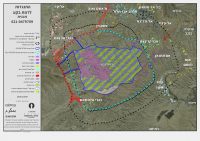
In May 2019, the Southern District Planning and Building Committee approved the plan for the “Ramat Beka Special Industrial Area.” The purpose of the plan is to build a complex in Ramat Beka, and transfer the Israel Military Industries factories from the Sharon area to this new complex in the Negev. The site will cover … read more
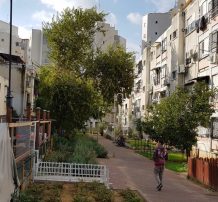
The project in the Ramat Eliyahu neighborhood of Rishon Letzion is a large-scale construction and demolition project that ultimately, in twenty years, is expected to change the neighborhood entirely: the neighborhood’s population will almost double, and instead of the 4,300 housing units that exist today, there will be 7,200 apartments, most of the old neighborhoods … read more
Plan #507-0403931 for establishing a new residential district north of Tel Aviv was promoted by the Israel Land Authority and the Tel Aviv Municipality. This plan is partly detailed, and intended for an area of 1,300 dunam that is currently being used primarily as a civilian and military airport–Sde Dov Airport. The plan includes residential … read more
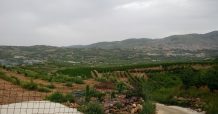
This plan, which was promoted in 2009, aims to establish a large-scale wind turbine farm in the northern Golan Heights throughout a number of different complexes. The plan was put forth by the National Infrastructure Commission as part of a government policy to increase the number of green energy sources under National Infrastructure Plan #47. … read more
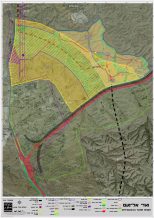
The village of Wadi el-Na’am, which is part of the Ramat Hovav Regional Council, was founded in the 1950s when Bedouin residents of the Negev were transferred there by the Israeli military. Since then, the locality has been considered “temporary,” and is not connected to water, electricity, sewage, telecommunication, or road network infrastructure, and its … read more
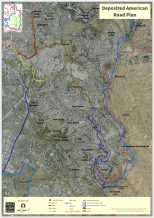
The American Road was planned and underwent its first steps of implementation in the mid-1960s by an American company that was hired by the Jordanian government–that’s where it gets its name. The objective of the road was to connect the villages southeast of Jerusalem on the outskirts of Wadi an-Nar (Nachal Kadron), providing an alternate … read more
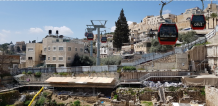
In February 2019, the National Infrastructure Commission released Plan #86 to the public. The plan proposes constructing a cable car from the First Station in West Jerusalem, over the Valley of Hinnon, to Mount Zion and onward to the “City of David” in East Jerusalem. The cable car is planned to pass directly above the roofs of the houses in Wadi Hilwa, Silwan, and the foundations of the massive pilons supporting the cable car are planned to be built directly below the foundations of existing houses. For these reasons and more, Bimkom, along with a number of residents of Wadi Hilwa, filed an objection to this plan.
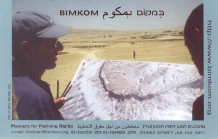
On June 13th, 2013 Bimkom filed our objection to Regional Outline Plan 4/14/65 for the Southern Region, which concentrates all the Bedouin population from five major different locations to a single locality in Har HaNegev. The objection is on behalf of a number of residents of two of the existing farming villages and was prepared … read more







